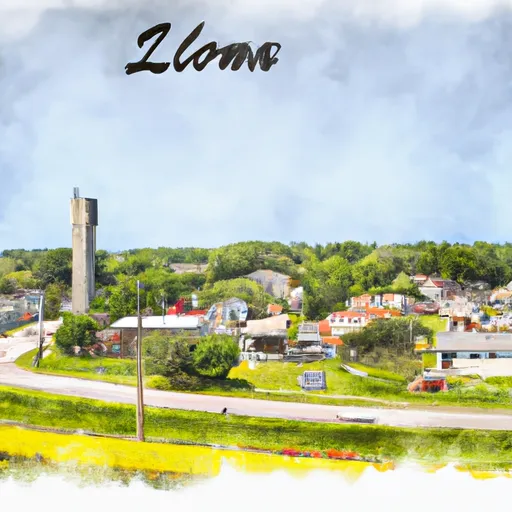°F
°F
mph
Windspeed
%
Humidity











Lorimor, Iowa is a small town located in Union County, in the central part of the state. The area experiences a humid continental climate, characterized by hot and humid summers and cold winters. Average temperatures range from 20°F (-6°C) in winter to 85°F (29°C) in summer, with precipitation fairly evenly distributed throughout the year.
The town is situated near the Middle River, which contributes to its hydrology constituents. The river provides important water resources for the community, supporting agricultural activities and offering recreational opportunities. Fishing enthusiasts can explore the river's waters, known for its abundant catfish, bass, and crappie.
Lorimor is surrounded by picturesque countryside, making it an ideal location for outdoor recreation. The area offers opportunities for hiking, biking, and camping, with several parks and trails nearby. The Middle River Recreational Trail, for instance, winds through scenic landscapes, providing a great way to explore nature. Additionally, the Middle River Wildlife Area offers hunting opportunities for deer, turkey, and other game animals.
Overall, Lorimor provides a peaceful and serene setting for outdoor enthusiasts, with a diverse range of activities to enjoy in its beautiful natural surroundings.
Weather Forecast
Lorimor receives approximately 896mm of rain per year, with humidity levels near 82% and air temperatures averaging around 10°C. Lorimor has a plant hardyness factor of 5, meaning plants and agriculture in this region thrive during a short period during spring and early summer. Most plants will die off during the colder winter months.
Regional Streamflow Levels
63
Cubic Feet Per Second
165
Cubic Feet Per Second
8
Cubic Feet Per Second
14
Cubic Feet Per Second
Nearby Camping
| Camping Area | Reservations | Toilets | Showers |
|---|---|---|---|
| Minneopa State Park | |||
| Daly County Park | |||
| Rapidan Dam Co Park |



